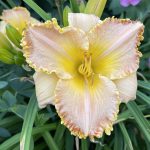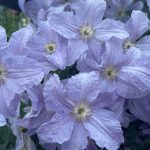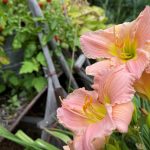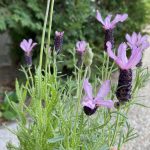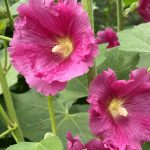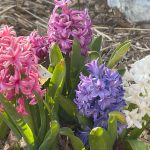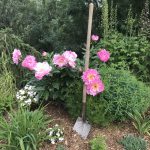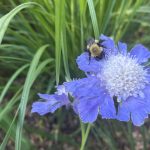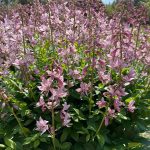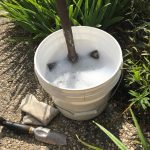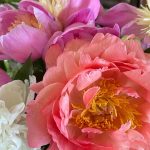If you’re looking for a way to add beauty and colour to your spring garden, then Ornamental Alliums, with their pollinator-attracting globes of vivid purple, may be just what you need.
In this post, we’ll cover everything from choosing suitable ornamental allium bulbs, how to plant ornamental alliums in the right spot, and how to care for ornamental alliums throughout the growing season.

Want the inside scoop on more gardening tips? Get early access to all my blogs and exclusive content by signing up for my newsletter!
A Quick Introduction to Ornamental Alliums
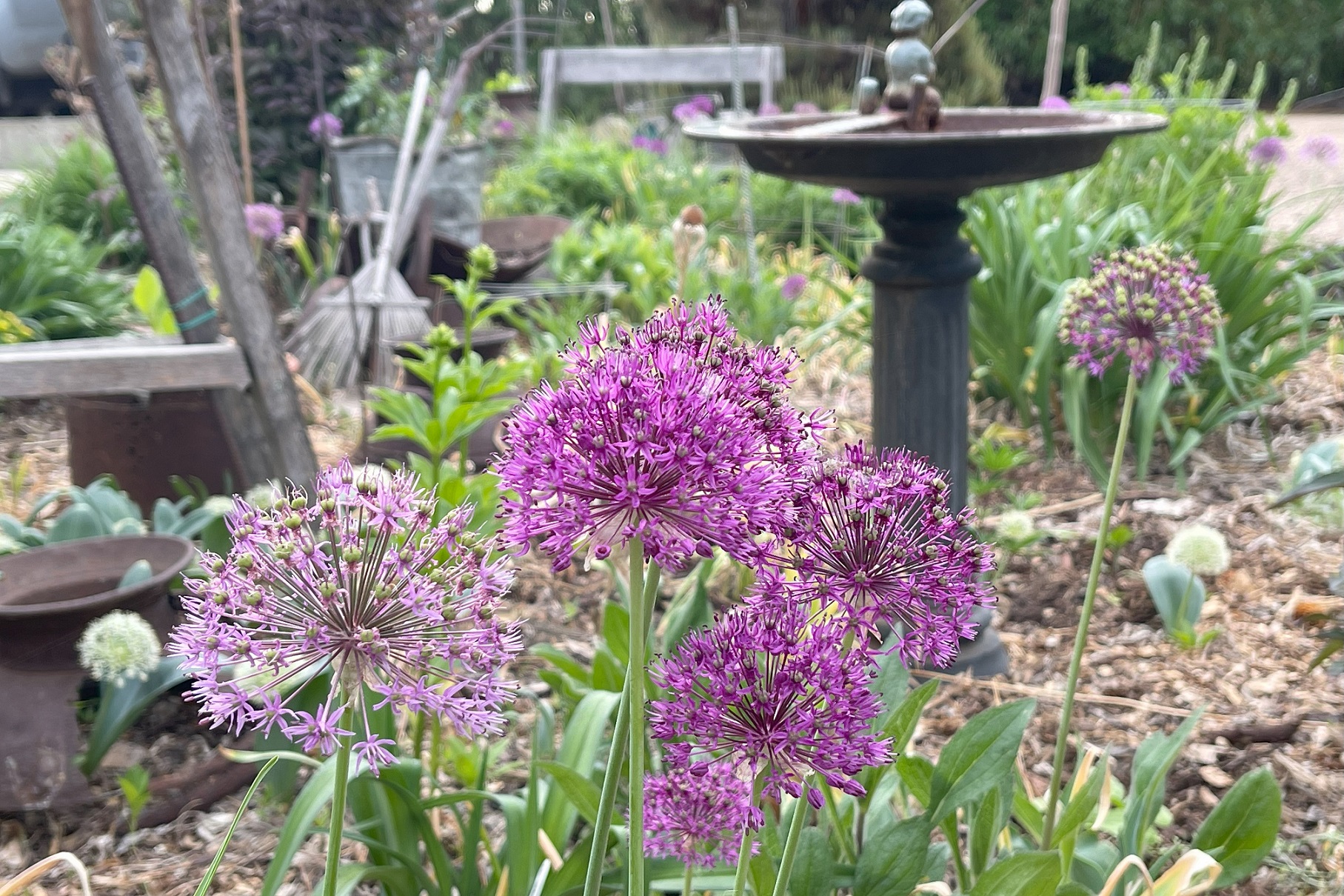
Ornamental Alliums, also called Ornamental Onions, are known for their stunning spherical blooms, and have become a popular choice for garden enthusiasts looking to add a touch of elegance and uniqueness to their outdoor spaces.
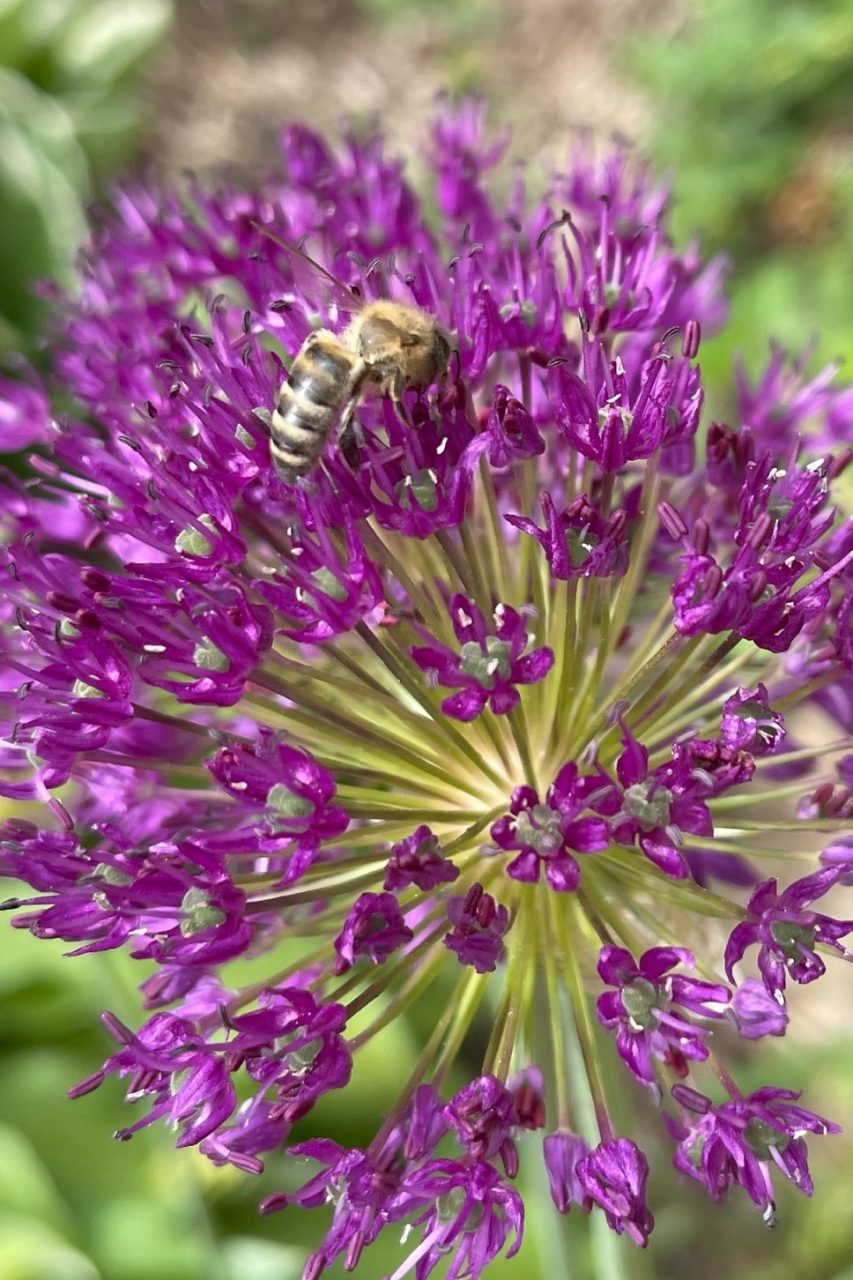
The allure of Ornamental Alliums lies in their tall, slender stems that rise above their foliage, showcasing large, globe-shaped flower heads which add drama and structure to garden designs.
These eye-catching flowers are native to the Himalayas and belong to the same family as onions and garlic.
Plant zone hardiness varies quite a bit with Ornamental Alliums, which spans from Zone 3-8. Take care to check their labels so that you get the right ones for your area.
Allium flowers are popular with pollinators in early spring as their flowers offer pollen before most other bulbs and perennials blossom.
Alliums are typically planted in the fall as bulbs, allowing them to establish their root systems and prepare for a spectacular spring display.
Most Alliums bloom in the spring, but some varieties flower in summer and autumn.
Alliums are generally resistant to most pests and diseases. Deer and rabbits dislike Alliums because of their slight oniony smell.
It’s good to note that Ornamental Alliums are easy to grow, making them suitable for both experienced gardeners and beginners alike.
The Best Garden Spot for Ornamental Alliums
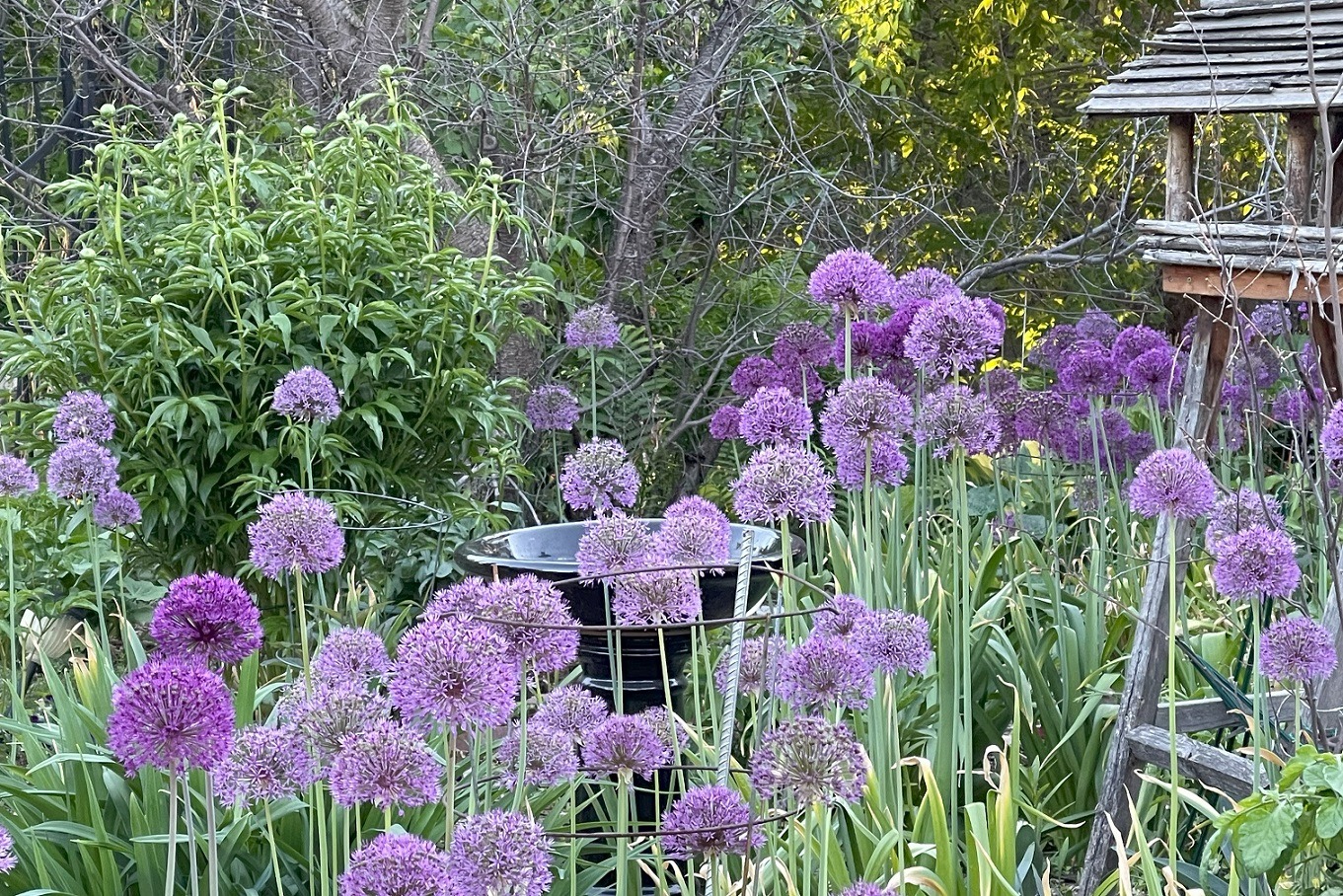
Assessing your garden space and selecting the perfect location for Allium bulbs is important.
Allium plants thrive in full sun to partial shade locations in well-draining soil, rich in organic matter.
How to Choose the Best Allium Bulbs
When it comes to growing great Alliums, healthy bulbs are the foundation for beautiful blooms and vigorous, vibrant plants.
Here are some tips to help you choose the right Allium bulbs for your garden:
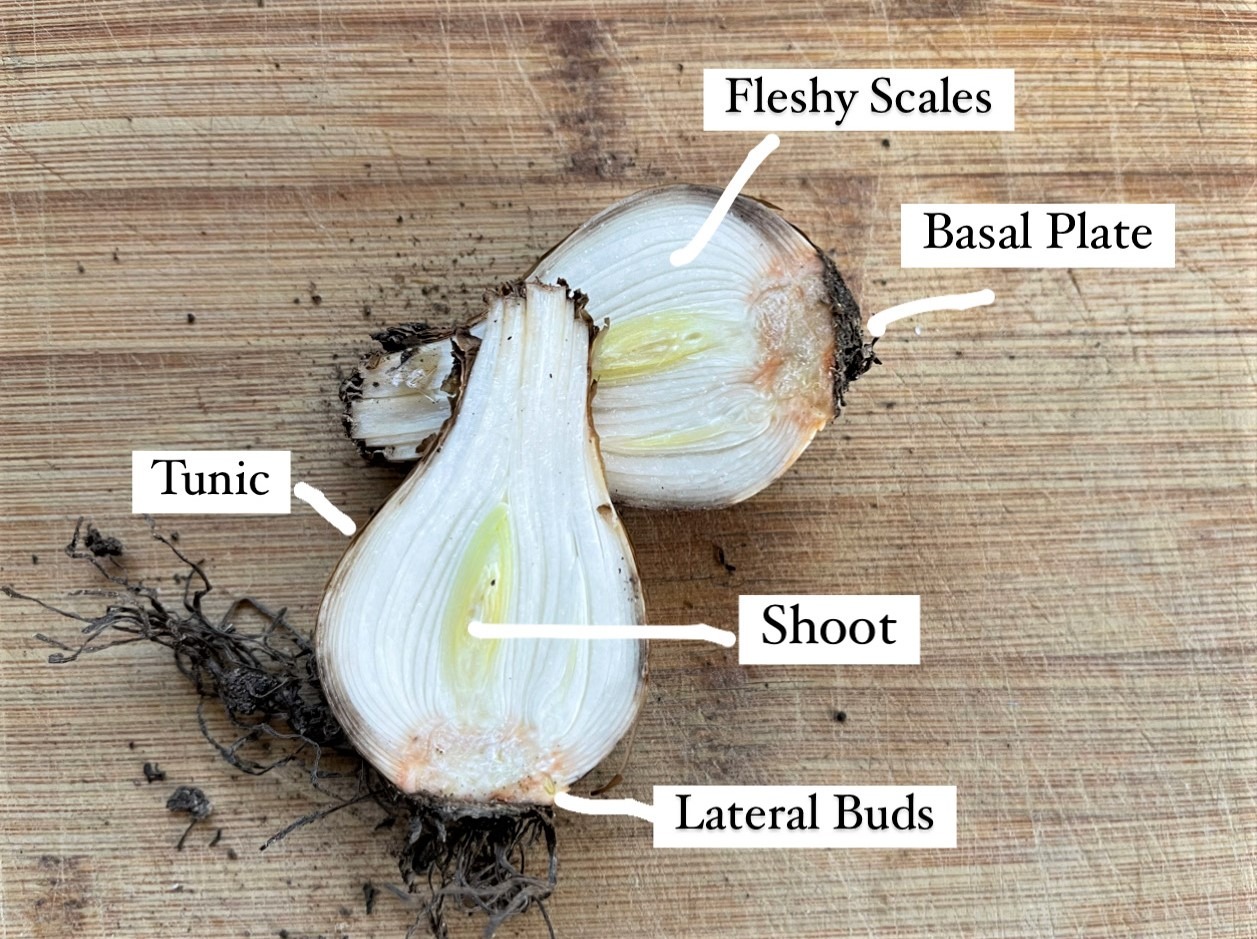
Examine the bulbs carefully before making a purchase and look for Allium bulbs that are firm and plump, avoiding any that are soft, mouldy, or have signs of damage.
A healthy Allium bulb should have an intact tunic (outer layer or skin), free from blemishes, that lies snugly against the bulb.
Bulb size is another factor, as larger Allium bulbs tend to produce bigger and more robust flowers. However, keep in mind that smaller bulbs can still have lovely blooms.
A Step-by-Step Guide to Planting Ornamental Allium Bulbs
Ornamental Allium bulbs are planted in the fall when soil temperatures cool down, allowing the roots to establish before winter sets in.
Follow this step-by-step guide to make sure you give your Allium bulbs the best start:
Step 1: Choose the Ideal Location for the Allium Bulbs
Alliums thrive in sunny garden spots, so choose a location in your garden that receives at least 6-8 hours of direct sunlight daily.
Grow Alliums in well-draining soil, rich in organic matter. Avoid areas that retain excess moisture, as wet conditions can lead to bulb rot.
Step 2: Prepare the Hole and the Soil
Once you’ve chosen the garden spot for growing Alliums, it’s time to prepare the hole and soil for planting.
First, remove any weeds from the area before digging the hole for the Allium bulbs.
Ornamental Alliums can be planted individually or in clumps. Space Allium bulbs 15-20 cm (6-8″) apart.
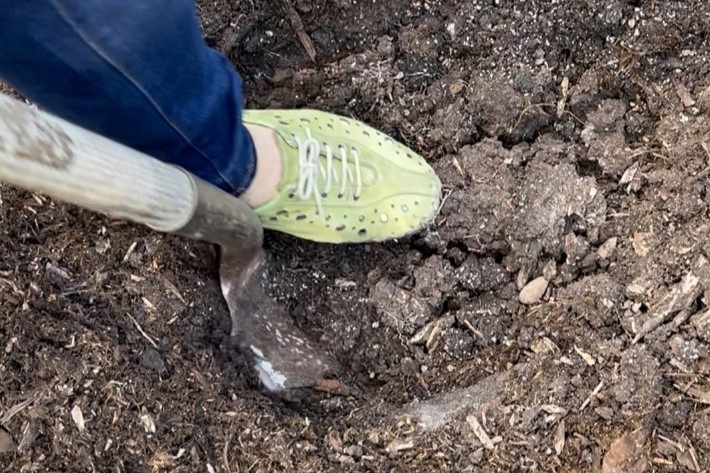
Ensure enough space between each hole, 15-30 cm (6-12″), depending on the variety, to allow the bulbs to grow without overcrowding.
I like to organize the Allium bulbs on top of the soil to know how many holes are needed or how wide the gap should be between holes if planting them in clusters.
Next, determine how deep to plant the hole.
As a general rule, plant bulbs twice the depth that they are wide.

Then, dig a hole about 5-8 cm (2-3″) deeper to allow extra space at the bottom to enrich the soil with some compost and to add a little bonemeal if desired.
Supplementing the soil will help improve its structure, provide essential nutrients, boost water retention capabilities, and make it easier for the roots to grow.
A hole for large Allium bulbs is usually around 25-30 cm (10-12″) deep.

Step 3: Place the Allium Bulbs Correctly
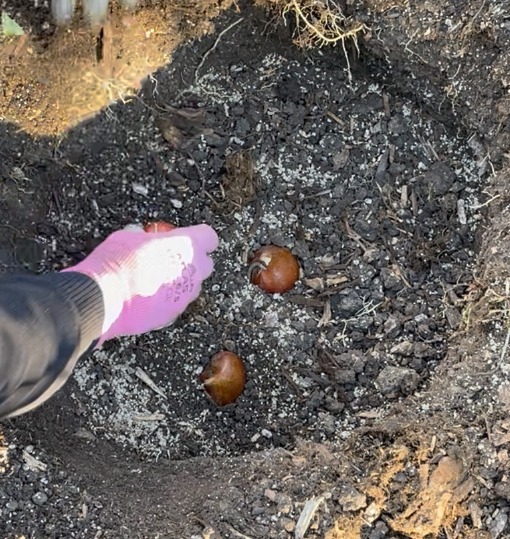
As with all bulbs, position Allium bulbs with the pointed end facing upwards.
Allium bulbs are teardrop-shaped, so position the bulb with the pointed tip upwards and the flat basal plate touching the soil, to ensure they grow in the right direction.
Gently place the bulb at the bottom of the hole on top of the enriched soil, ensuring it sits at the appropriate depth.
If uncertain, refer to the specific planting instructions provided with your bulbs.
Step 4: Backfill and Water in the Allium Bulbs
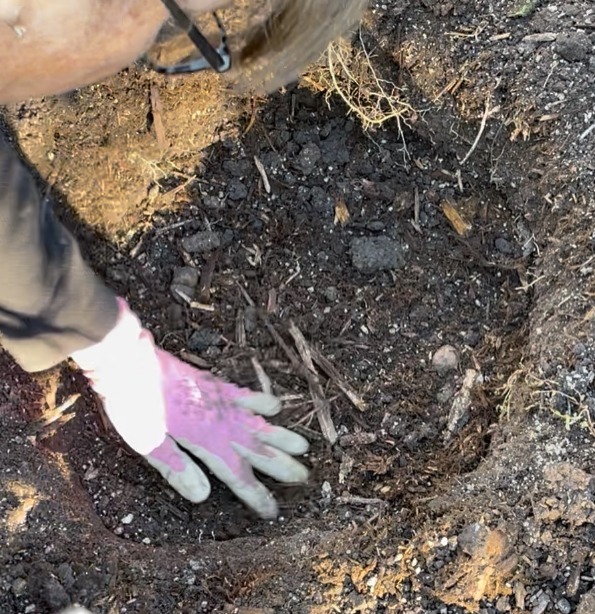
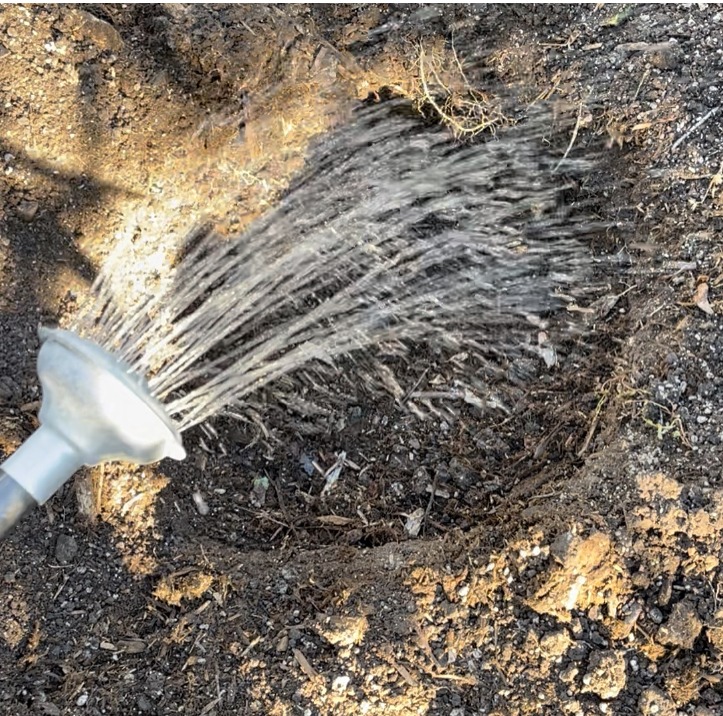
Completely cover the bulbs with soil and fill the hole halfway, ensuring the earth is distributed evenly around the bulbs.
Gently press down on the soil to eliminate any air pockets and stabilize the bulb.
Avoid compacting the soil too firmly, which may hinder the bulb’s growth.
Next, saturate thoroughly with water.
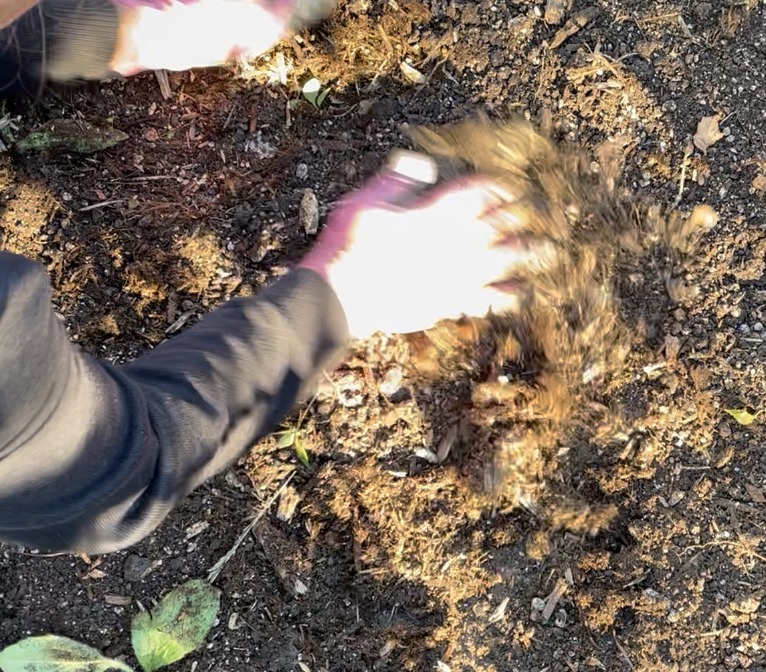
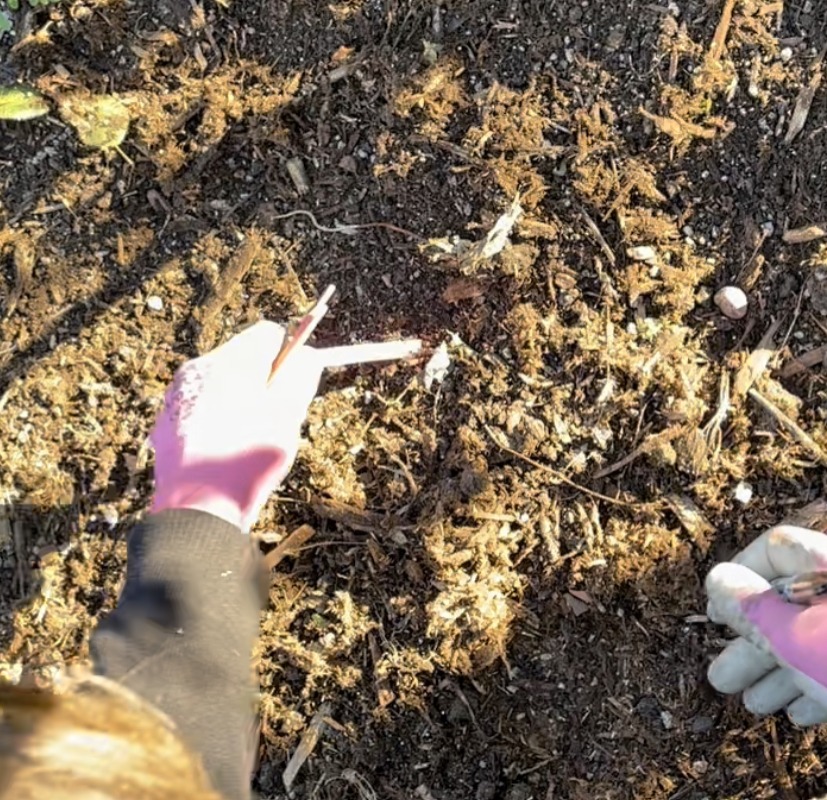
Then completely cover the hole to the surrounding soil level, but don’t water again.
Top the soil with organic mulch, such as wood and bark chips. This will help conserve moisture, suppress weed growth, and insulate bulbs during winter.
By following these step-by-step instructions, you will provide your Allium bulbs with the ideal conditions for growth.
Nurturing Alliums During the Spring and Summer
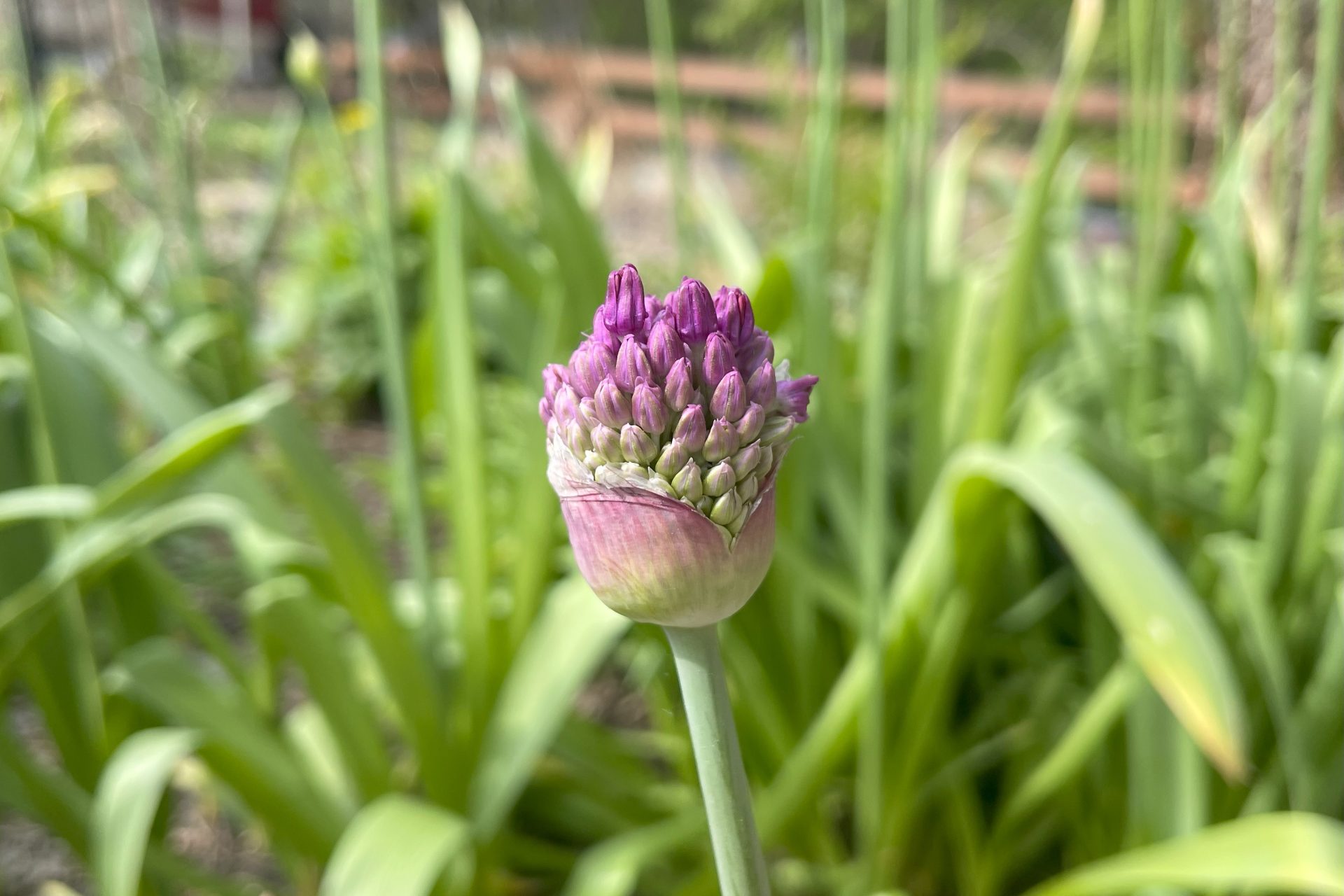
Ornamental Alliums are one of the first spring bulbs to emerge, and they will likely surprise you when they pop up in the spring.
One essential aspect of caring for Alliums is ensuring they receive adequate water.
While Alliums are generally drought-tolerant, they still require regular watering, especially during dry spells.
A good rule of thumb is to water Alliums when the top 5 cm (2″) of soil feels dry to the touch. Water the plants deeply, ensuring the earth is moist but not soggy.
Apply a balanced fertilizer to the soil in early spring, following the package instructions for application rates. Water soluble or slow-release granular fertilizers both work well.
As the blooms develop, they can become top-heavy and may require staking to prevent them from drooping or bending.
Use bamboo stakes or other supportive structures to keep the Alliums upright and showcase their stunning blooms if needed.
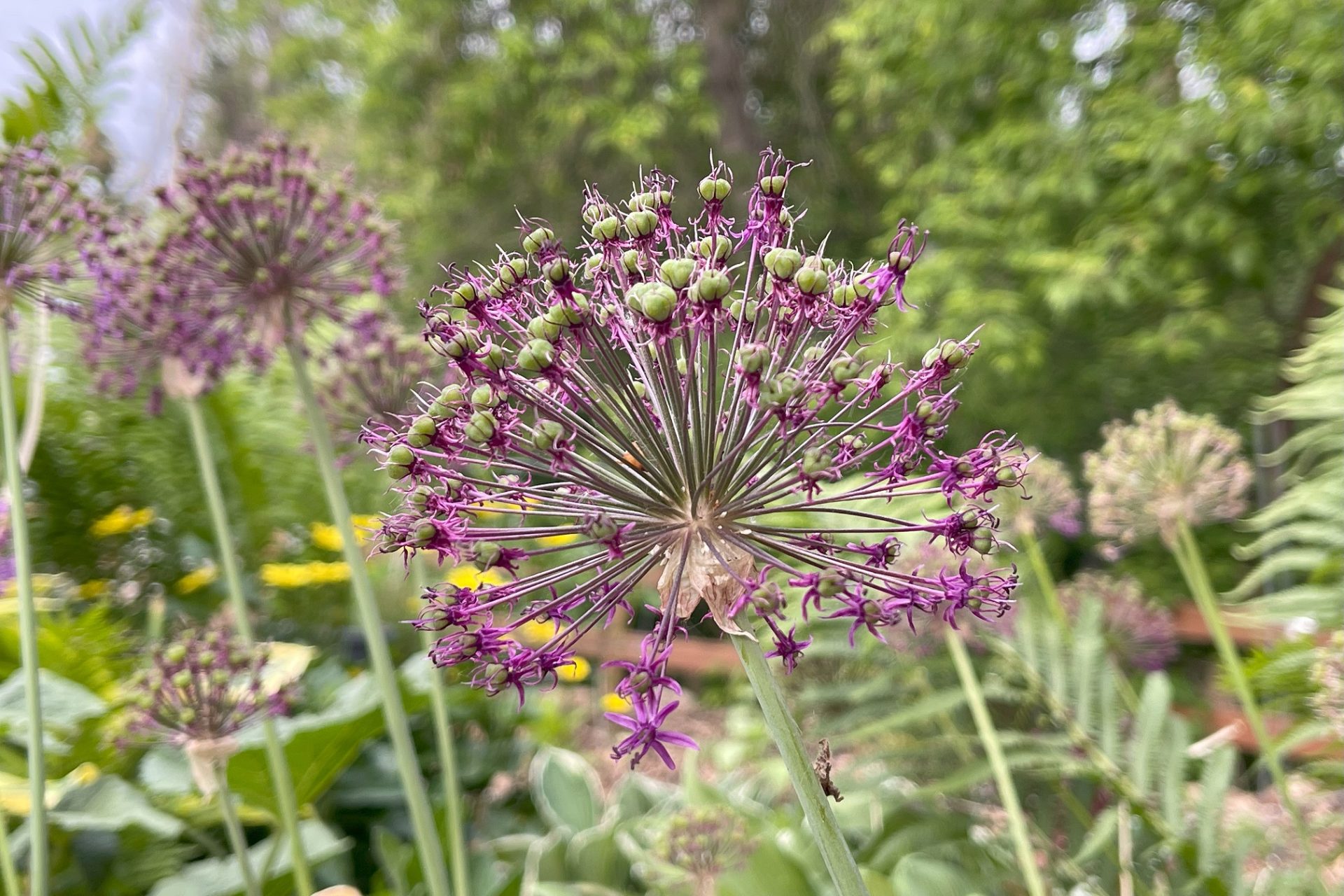
Allium flowers last 2-3 weeks, and deadheading spent blooms will direct the plant’s energy to develop more bulbs, which they readily do.
Removing yellowing or withering foliage will help maintain the plant’s health and appearance.
Do You Grow Ornamental Alliums?
Whether you’re a seasoned gardener or just starting, growing alliums can bring a touch of elegance and colour to any landscape and with the tips and techniques in this blog post, you can cultivate a stunning garden full of these beautiful blooms. Now is the perfect time to start planning next year’s garden and getting ready to plant your fall ornamental allium bulbs!
Related: How to Plan & Design a Garden in 4 Simple Steps
So, roll up your sleeves, grab your gardening tools, and get ready to witness the blooming beauty of Ornamental Alliums in your own space.
Happy gardening!
©Sharon Wallish Murphy ©Gardening with Sharon











